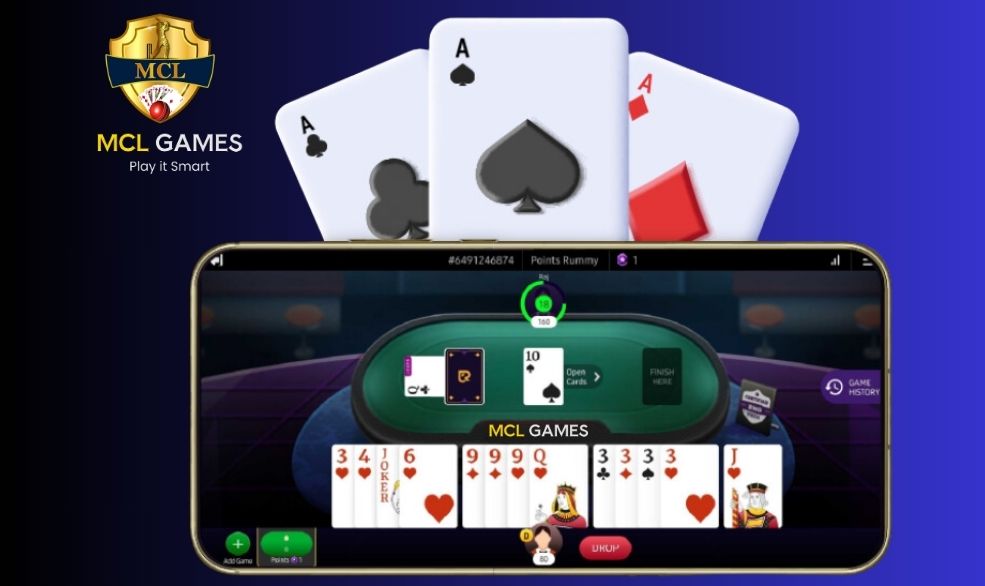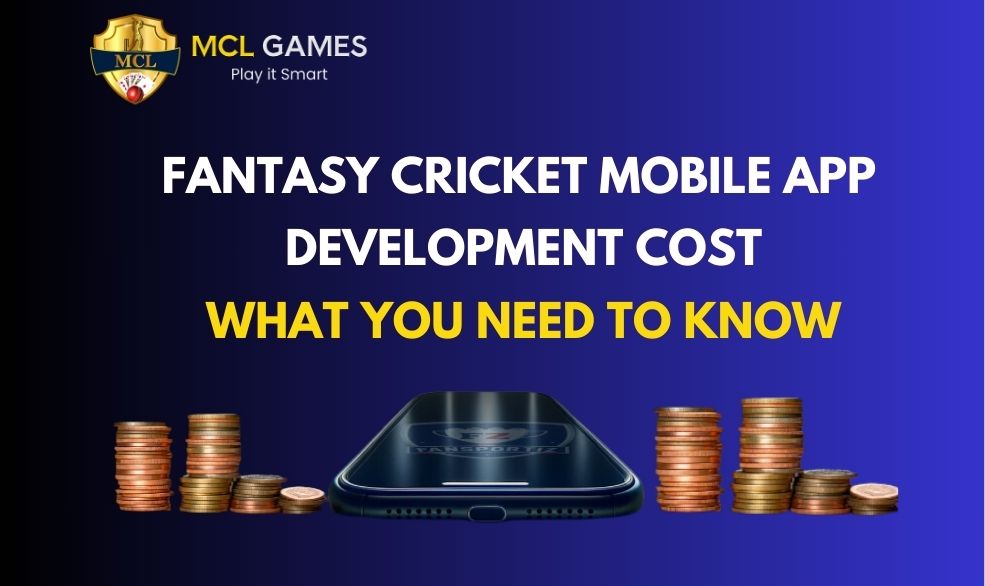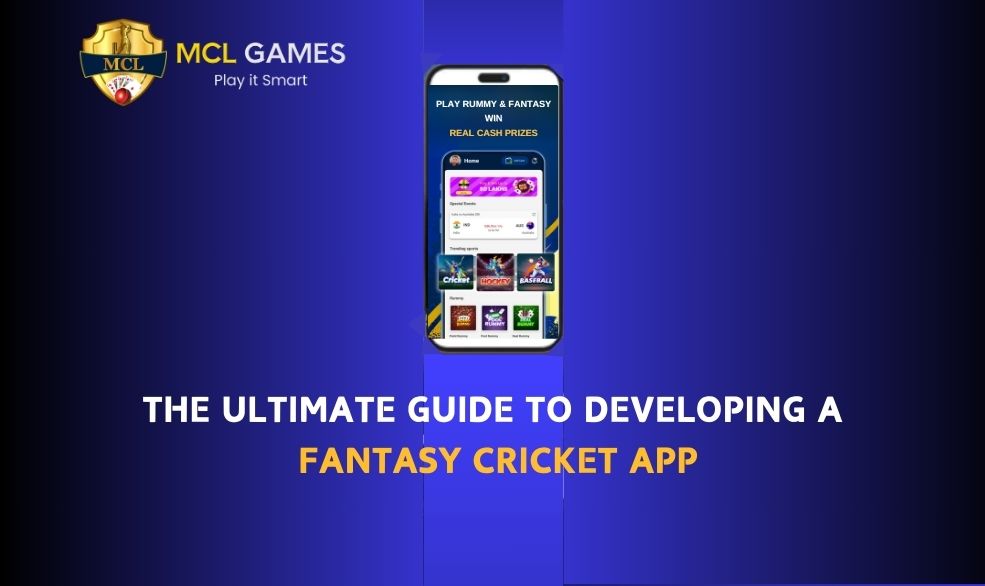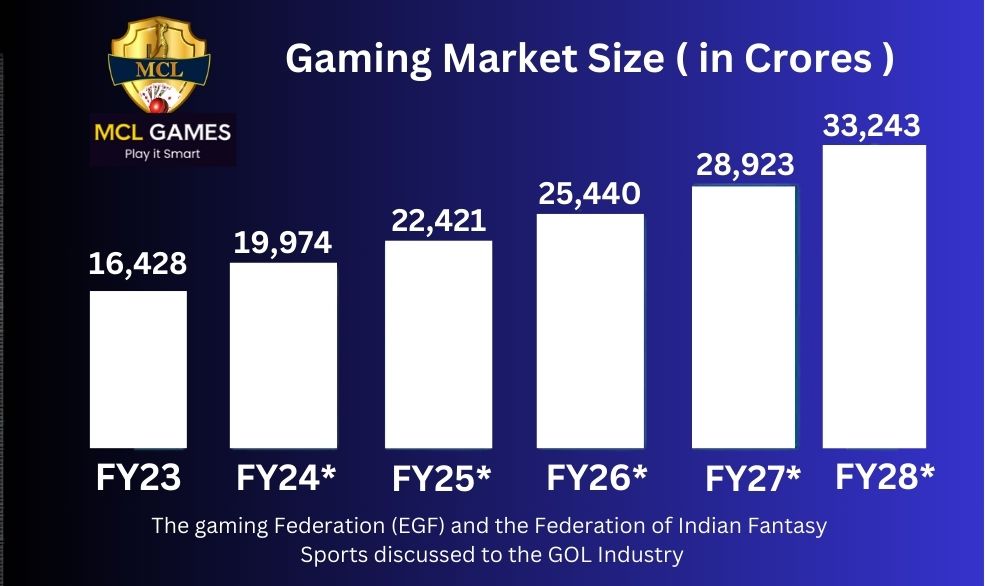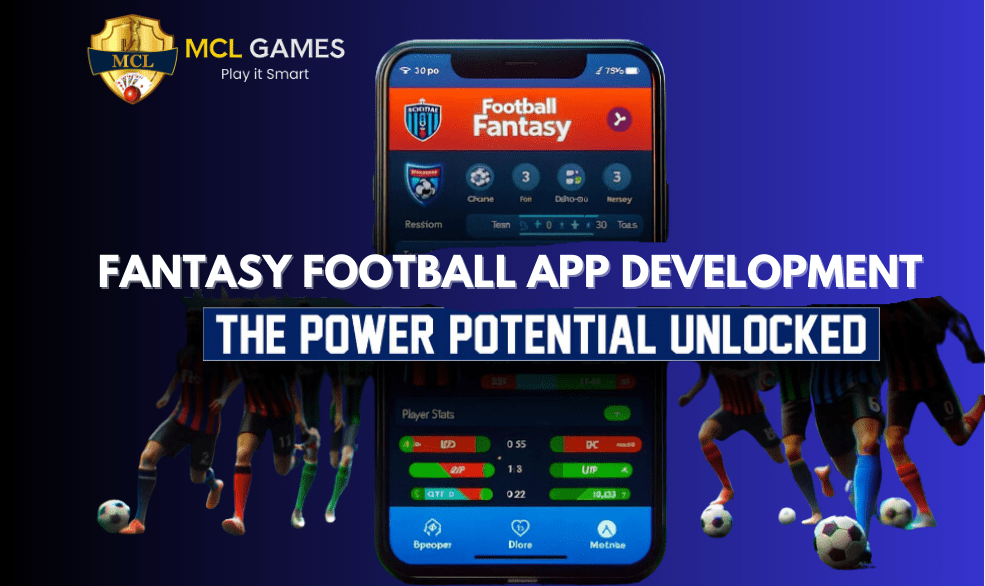How is GST Shaping the Earnings of Fantasy Gaming Platforms?
How is GST Shaping the Earnings of Fantasy Gaming Platforms? Fantasy gaming platforms have taken the online gaming world by storm, offering fans an opportunity to be more than just spectators. These platforms allow users to create their dream teams, manage players, and compete against others to win exciting prizes. But as the popularity of these platforms continues to grow, they are going to be impacted by the new Goods and Services Tax (GST). In this article, we will explore how GST is affecting the Earnings Before Interest, Taxes, Depreciation, and Amortization (EBITDA) of fantasy gaming platforms. Understanding Fantasy Gaming Platforms Before diving into the impact of GST, let’s briefly understand how fantasy gaming platforms and online rummy platforms work. Users on these platforms create virtual teams comprising real-life sports players or participate in card games like rummy. Points are awarded in fantasy games based on the performance of these selected players in actual matches and the skills displayed by a user in rummy games. The better your team performs or your card game skills, the more points you earn, which can be redeemed for various rewards. Fantasy gaming platforms and online rummy game platforms generate revenue primarily through service fee on cash games, sponsorships, advertising, and partnerships with sports leagues. This revenue has been steadily increasing in recent years due to the rising interest in sports and online gaming. The Impact of GST on EBITDA GST, which was introduced in India in 2017, is a consumption-based tax that applies to the supply of goods and services. It has brought significant changes to the way businesses operate and manage their finances and fantasy gaming platforms are no exception. Taxation on Entry Fees: One of the key revenue sources for online gaming platforms is the cash deposits paid by users to participate in games. Under GST, these deposits are subject to taxation, impacting the platforms’ profitability. Recently, 28% GST is applied on online gaming. Input Tax Credit: While the taxation on user’s deposit may seem like a disadvantage, GST also provides an opportunity for fantasy gaming platforms to claim input tax credit. This means they can offset the GST they pay on expenses (such as technology infrastructure, advertising, and employee salaries) against the GST they collect on entry fees. This can have a positive impact on their EBITDA by reducing their overall tax liability. Complex Compliance: GST compliance can be complex and intensive, requiring platforms to keep meticulous records, file regular returns, and ensure compliance with various GST regulations. This administrative requirement can lead to increased operational costs. Potential Price Adjustments: To maintain their user base, some fantasy gaming platforms may choose to absorb the GST on entry fees rather than passed on to users. Alternatively, they may increase the entry fees, which could affect user participation and revenue. In conclusion, GST has undoubtedly affected the EBITDA of fantasy gaming platforms in India. While it has added taxation on user’s deposit amount and increased compliance efforts, it has also provided opportunities for input tax credit. The overall impact varies from platform to platform, depending on their strategies and approaches to GST compliance. As the fantasy gaming industry continues to evolve, it’s essential for these platforms to adapt to the changing tax landscape and find ways to optimize their EBITDA while providing an enjoyable gaming experience for users. The dynamics between GST and platforms offering fantasy gaming and real cash rummy are likely to continue evolving, and industry stakeholders will need to stay informed and agile to navigate these changes effectively.

